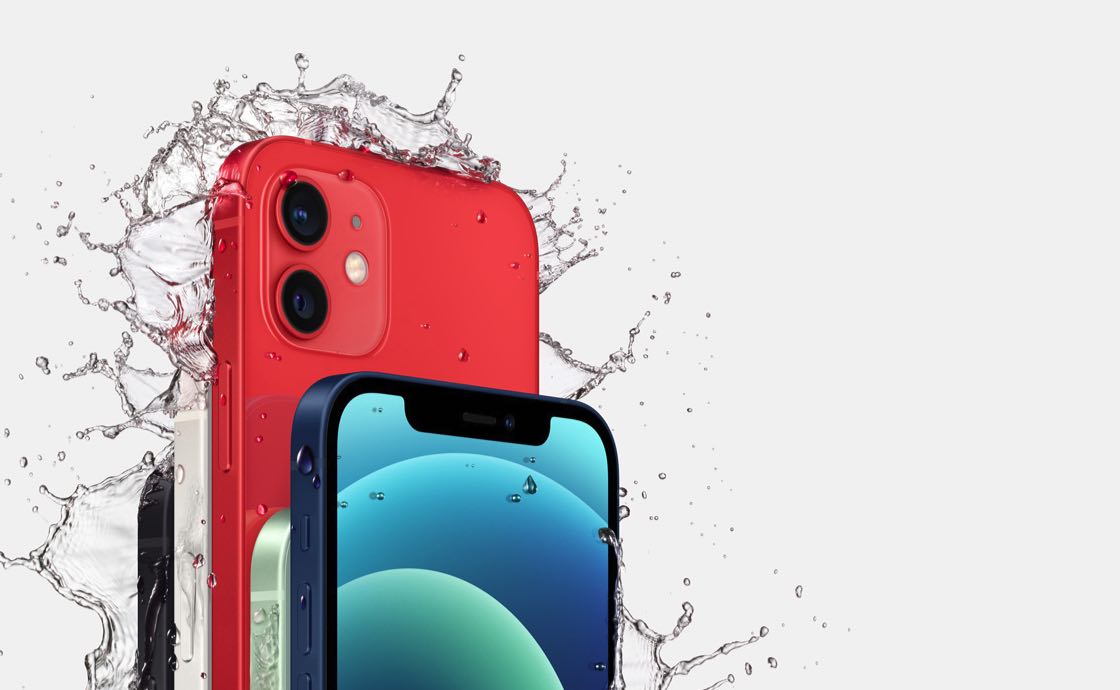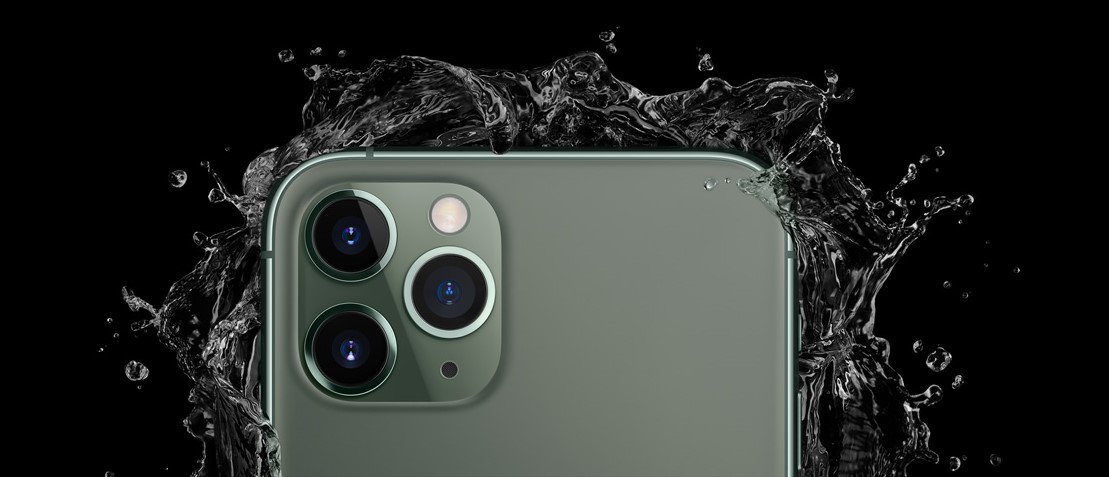Water is an age-old scarecrow for electronics that can completely destroy our favorite products. Fortunately, manufacturers today make many devices so-called waterproof, thanks to which they are not afraid of some minor contact with liquid and will continue to function properly. However, it is important to perceive the differences between waterproofing and water resistance. Waterproof products don't have the slightest problem with water, while waterproof ones, such as the Apple Watch or iPhones, don't fare so well. They can only deal with water to a limited extent, but there is no guarantee that they will survive such a situation at all.
It could be interest you

As we mentioned above, today's products are already waterproof and can therefore cope with, for example, rain or a sudden fall into water. At least they should. But let's leave the specific rules of waterproofing aside for now and let's focus on something more specific. Applications that promise to push the remaining water out of the iPhone's speaker using low-frequency and high-frequency sound are popular. But a clear question arises. Do they really work, or is their use completely pointless? Let's shed some light on it together.
Extruding liquid using sound
When we simplify everything, these applications make sense and are based on real foundations. Just look at the ordinary Apple Watch. Apple watches have practically the same function. When we go swimming with the watch, for example, it is enough to lock it using the lock in the water and then unlock it again by turning the digital crown. When unlocked, a low-frequency sound is played in several waves, which can really push the remaining water out of the speakers and help the device overall. On the other hand, iPhones are not Apple Watches. An Apple phone is simply not used for swimming, for example, and it is not as waterproof as a watch, whose only "entry" into the bowels is the speakers.
Considering this, however, we can count on the fact that similar applications have their meaning and can really help. But you can't expect miracles from them. As already mentioned, iPhones are completely different from the Apple Watch in terms of water resistance and, for example, they simply cannot cope with swimming - usually only with a bumpy encounter with liquid. So, if the apple phone is facing a more serious problem, where water flows into places where it shouldn't be, then no application will help you. However, in case of minor problems, it can.

Is it worth using the app?
Let's move on to the essentials. Are similar applications worth using at all, or are they useless? Although they can be helpful in their own way, we probably won't find any deeper meaning in them. They may benefit some people for peace of mind, but we simply cannot expect them to solve real problems with the heating of the phone for us. The fact that Apple itself has not yet integrated this function into the iOS operating system, although we can find it in watchOS, also speaks for itself.
Despite this, it may not be harmful to use it after contact with water. If, for example, our iPhone were to submerge in water, then immediately afterwards a similar application or shortcut can come in handy with the initial resolution of the problem.
It could be interest you

 Adam Kos
Adam Kos 


Hello, quite interesting article, may I ask the name of any app? Thank you
Sonic, for example, works on this principle.
For me, immersing the phone in a bowl of rice has always worked...